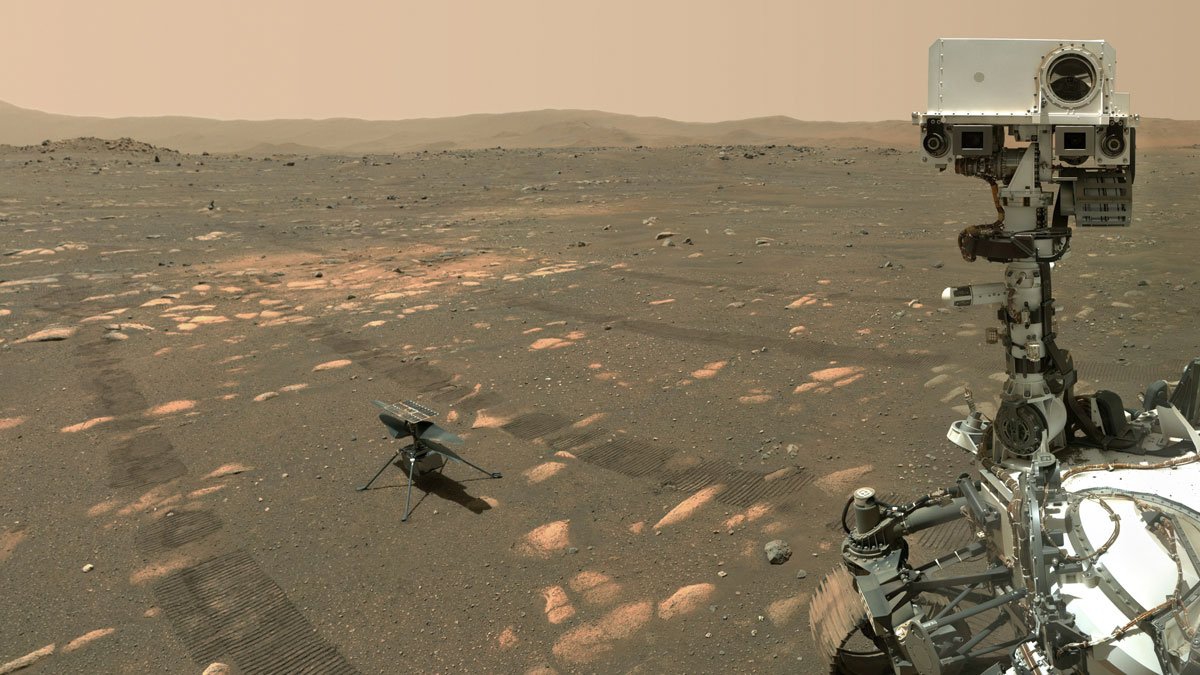Secondo gli scienziati alcune fosse e depressioni immortalate dalla sonda sono troppo piccole per essere sopravvissute al continuo bombardamento di meteoroidi. Di conseguenza, potrebbero essere topografie giovani ed indicare che la crosta si sta ancora deformando.
"La giovane età di queste piccole scarpate significa che Mercurio si unisce alla Terra come un pianeta tettonicamente attivo. Le nuove faglie che si formano ancora oggi suggeriscono che l'interno di Mercurio continua a raffreddarsi, contraendosi", ha detto Tom Watters del National Air and Space Museum di Washington, autore principale dello studio pubblicato sulla rivista Nature Geoscience.
Le faglie più grandi furono scoperte dal fly-by della Mariner 10 negli anni '70 e confermate da MESSENGER. Queste si sono formate quando l'interno di Mercurio si è raffreddato, causando la contrazione che ha portato la crosta a spaccarsi ed a spingere verso l'alto lungo le linee di faglia creando alte scogliere.
Negli ultimi 18 mesi della missione, l'altezza operativa di MESSENGER è stata abbassata permettendo di riprendere foto ad alta definizione e sono state proprio queste immagini a rivelare le caratteristiche più piccole.
Tale attività geologica è coerente con la recente scoperta del campo magnetico globale di Mercurio che esiste da miliardi di anni e con un nucleo esterno ancora caldo. E' probabile che il pianeta sperimenti anche dei terremoti, suggerisce il team, che potranno essere confermati in futuro con dei sismometri.
"Questo è il motivo per cui esploriamo", ha detto Jim Green, direttore della Divisione di scienze planetarie della NASA a Washington "Per anni, gli scienziati credevano che l'attività tettonica di Mercurio fosse un lontano passato. E' interessante considerare che questo piccolo pianeta, non molto più grande di Luna, è attivo ancora oggi".
Recent tectonic activity on Mercury revealed by small thrust fault scarps [abstract]
Large tectonic landforms on the surface of Mercury, consistent with significant contraction of the planet, were revealed by the flybys of Mariner 10 in the mid-1970s. The MErcury Surface, Space ENvironment, GEochemistry, and Ranging (MESSENGER) mission confirmed that the planet’s past 4 billion years of tectonic history have been dominated by contraction expressed by lobate fault scarps that are hundreds of kilometres long. Here we report the discovery of small thrust fault scarps in images from the low-altitude campaign at the end of the MESSENGER mission that are orders of magnitude smaller than the large-scale lobate scarps. These small scarps have tens of metres of relief, are only kilometres in length and are comparable in scale to small young scarps on the Moon. Their small-scale, pristine appearance, crosscutting of impact craters and association with small graben all indicate an age of less than 50 Myr. We propose that these scarps are the smallest members of a continuum in scale of thrust fault scarps on Mercury. The young age of the small scarps, along with evidence for recent activity on large-scale scarps, suggests that Mercury is tectonically active today and implies a prolonged slow cooling of the planet’s interior.



















